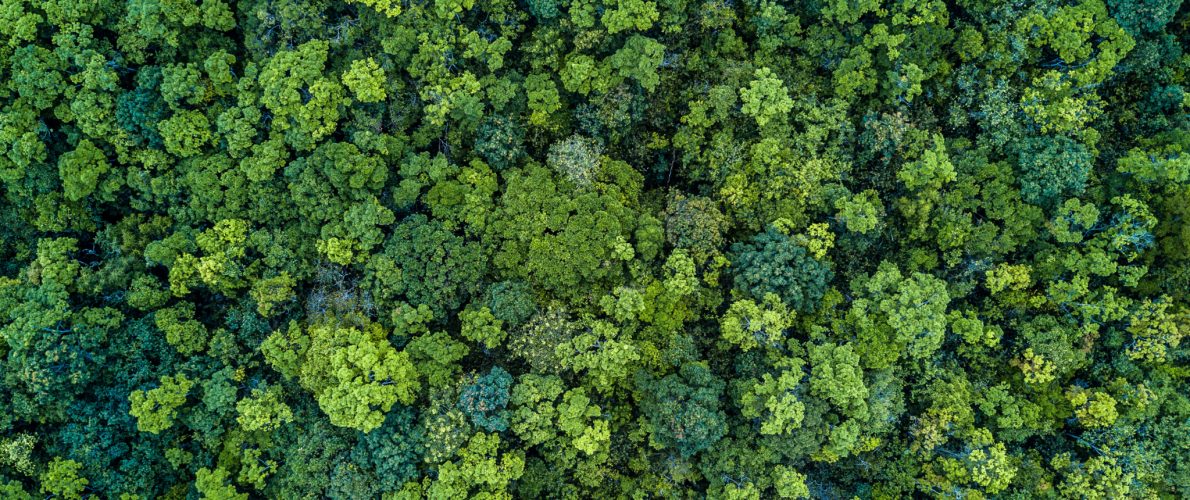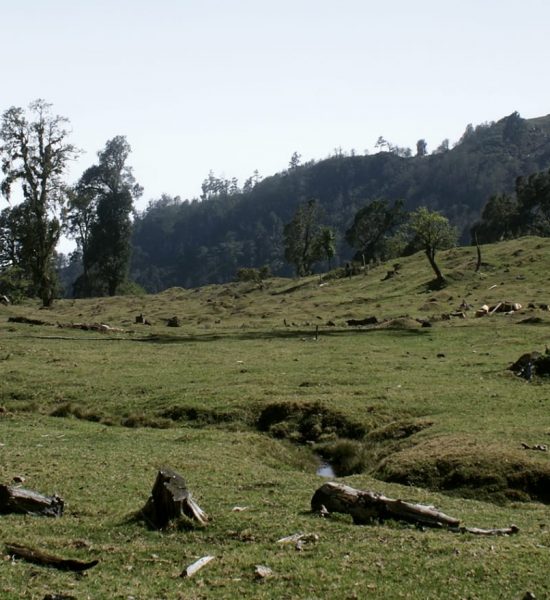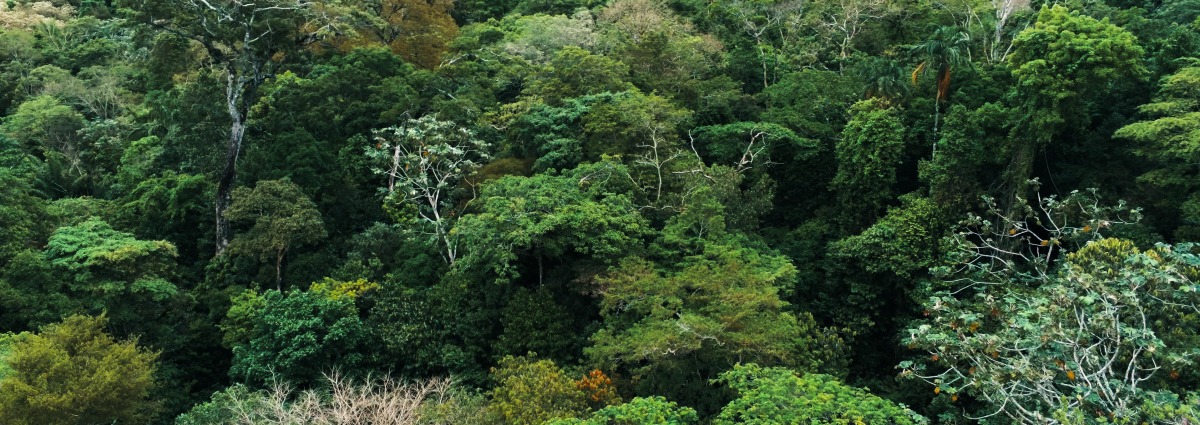
Protecting Globally Imperiled Amphibians in the Highland Forests of Ghana
Support More Work Like ThisSupport More Work Like ThisThe Togo-Volta Hills of Ghana near the border of Togo contain many species isolated from the more expansive rainforest blocks to the west and east.
-
Species at Risk
5
-
Carbon stored
Not calculated for this project*
*(metric tons of CO2 equivalents) -
Partner
Herp Conservation Ghana
-
847 Proposed Acres Conserved by
Designation
-
Project Cost: $237,119

847
The Togo-Volta Hills of Ghana near the border of Togo contain many species isolated from the more expansive rainforest blocks to the west and east.
-
Species at Risk
5
-
Carbon stored
Not calculated for this project*
*(metric tons of CO2 equivalents) -
Partner
Herp Conservation Ghana
-
847 Proposed Acres Conserved by
Designation
-
Project Cost: £171,825

847
The Togo-Volta Hills of Ghana near the border of Togo contain many species isolated from the more expansive rainforest blocks to the west and east. The unique biodiversity of this region makes it a priority conservation site for endemic plants and animals.
The Critically Endangered Togo Slippery Frog’s extremely limited distribution lies within these forests, and the Endangered Ukami Reed Frog depends on this area as well. Critically Endangered Hooded Vultures, Vulnerable Black-bellied and White-bellied Pangolins and a plethora of endemic butterfly and amphibian species all reside within this forested habitat.
Due to a lack of extensive exploration, the area is expected to harbor even greater populations of threatened, endemic and possible new species. Despite their biodiversity value, the forests have no formal protection and are severely threatened by habitat conversion from logging, charcoal production, slash-and-burn agriculture and disruption of aquatic ecosystems.
Rainforest Trust and our local partner Herp Conservation Ghana seek $237,119 to support the establishment of the 789-acre Amedzofe Amphibian Sanctuary in the Togo-Volta Hills. In collaboration with residents of Amedzofe and other villages, local government officials and Wildlife Division staff, our partner will develop a management plan, community rangers will be trained and equipped and alternative water sources for communities will be created to prevent further degradation of the forest stream and associated habitat. In addition, biological surveys will be conducted in adjacent forested areas to assess the potential enlargement of the sanctuary and creation of a future Community Resource Management Area (CREMA) around the sanctuary.
Did you know?
amphibian species have been studied in the proposed site.
Explore Ghana

Herp Conservation Guardian, Caleb Ofori, discovering the Togo Slippery Frog in the Onepone Refuge in the Togo-Volta highlands of Ghana.

The Critically Endangered Hooded Vulture courtesy of Michael Jansen / Flickr

The Endangered Reed Frog courtesy of Herp Conservation Ghana
Hunting pressure and forest loss and degradation are key threats to biodiversity conservation in the highland forests of the Togo-Volta Hills.
Demand for timber and charcoal production, conversion to agricultural land and new settlements drive much of the forest loss in this region. Relative to the rest of the Guinean forest, this upland forest is extremely small and fragmented from the large forest blocks to the east and west. Human settlements already surround some of the old growth forests in both Ghana and the Republic of Togo, so the long-term survival of many species is not guaranteed without the implementation of conservation strategies. The remaining forest continues to face increasing threats from the expanding human population.
Rainforest Trust and our local partner seek $237,119 to support the establishment of the 789-acre Amedzofe Amphibian Sanctuary in the Togo-Volta Hills.
Community Management Committees and a Protected Area Management Board will be created to support the sanctuary, and community rangers will be trained to monitor the site. In addition, alternative water sources for communities will be created to prevent further degradation of the forest stream and habitat. Our local partner will work with the Village Council of Elders, the heads of family lands, local tourism boards, a local church which donated land, the District Assembly and the Wildlife Division of the Forestry Commission during the entire protected area designation process. They will use the spatial Management Information System (MIST) to support the management of the protected area. MIST is currently being used by the Ghana Wildlife Division to manage data for all protected areas in the country. Fauna, flora and socio-economic surveys will be conducted to generate data to develop a management plan, investigate a probable expansion of the amphibian sanctuary and potentially create a new community-managed protected area as a buffer zone to the sanctuary.



Partnering to Save Rainforest
Our partners’ ability to work with their governments and build strong connections with local communities ensures the successful implementation of our projects.
Learn More About This PartnerLearn More About This Partner
